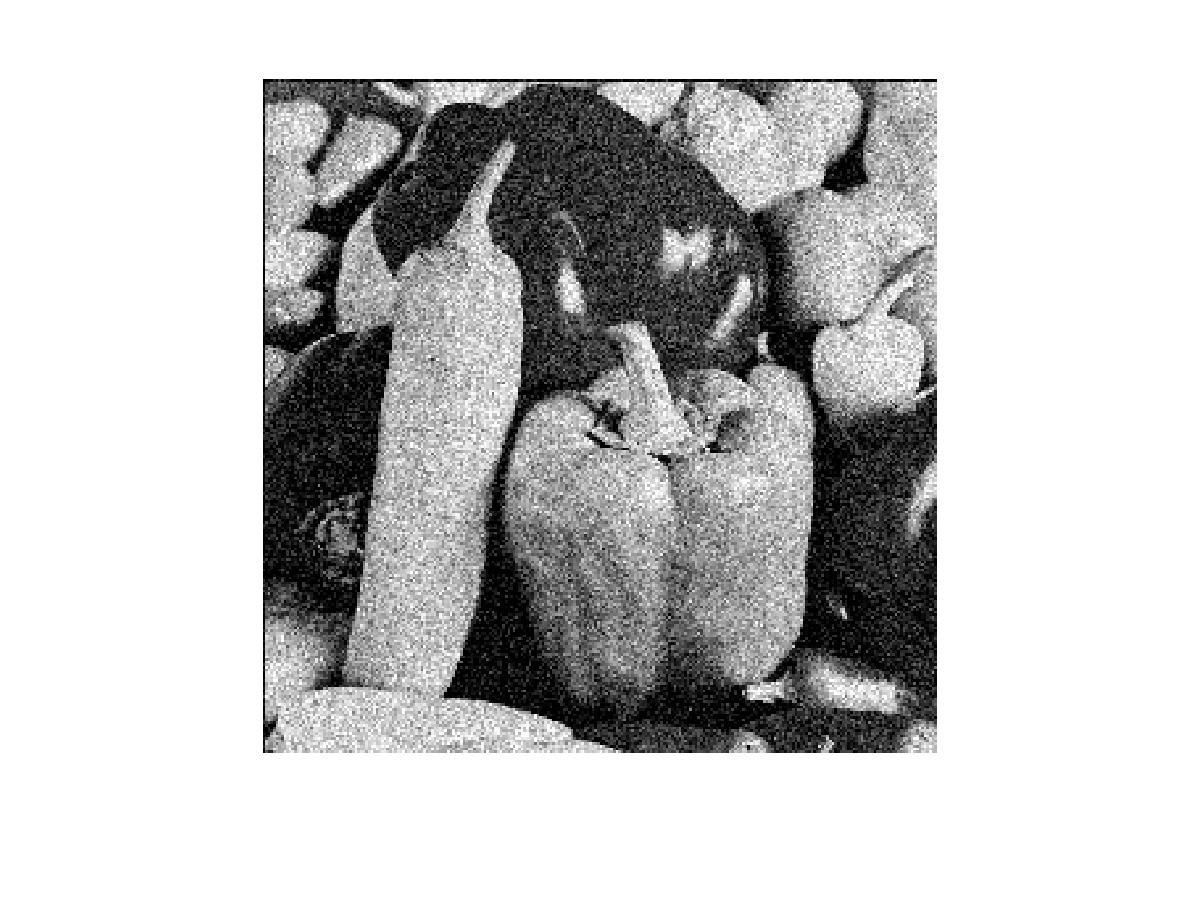Example 1. Image Triangulation.
We first use the active contour algorithm
([T. Chan and L. Vese, Active Contour Without Edge, IEEE Transactions on
Image Processing, 10(2001), 266-277]) iteratively to decompose an image
into several regions and then triangulate each region automatically with
adjustible parameter for the size of triangles.

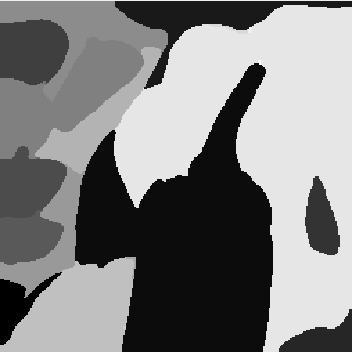

Here are more examples:


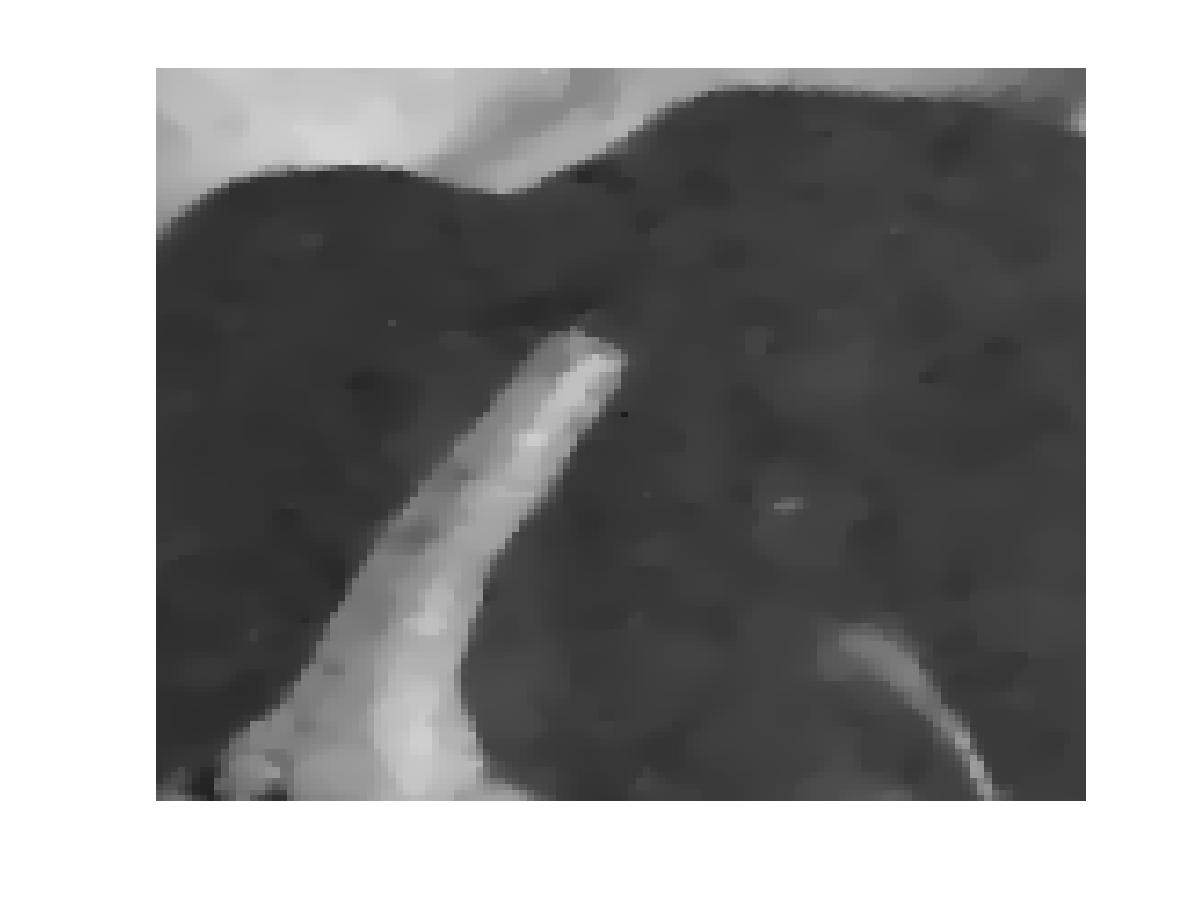

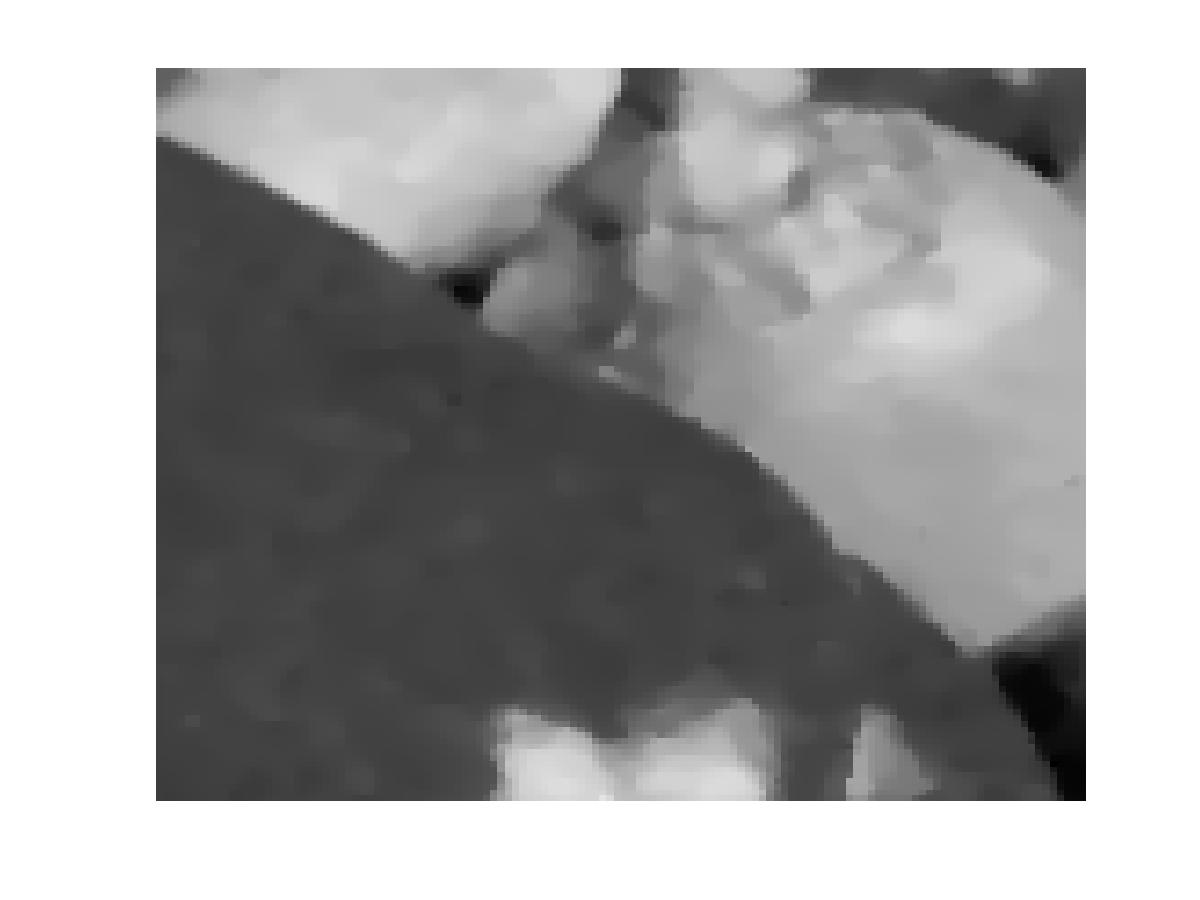

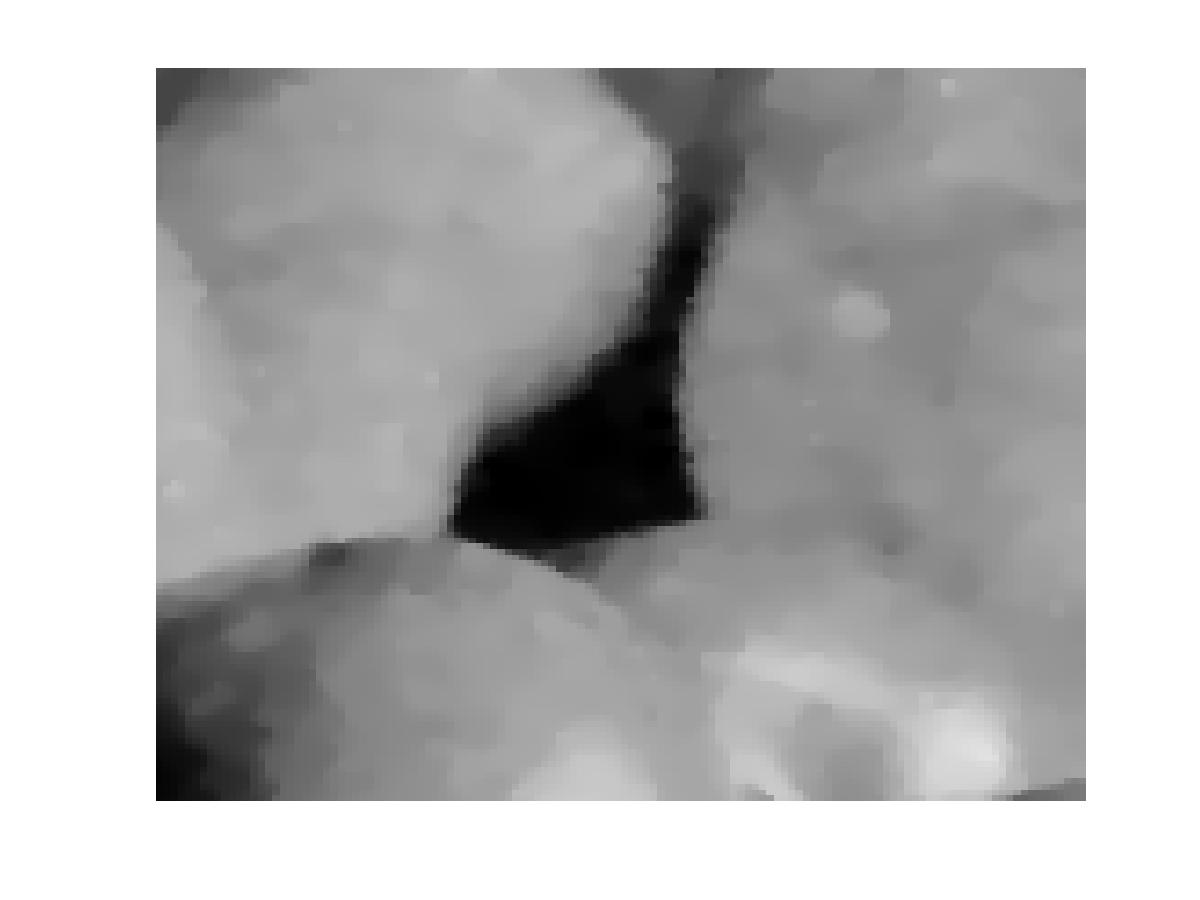












Here is another example:


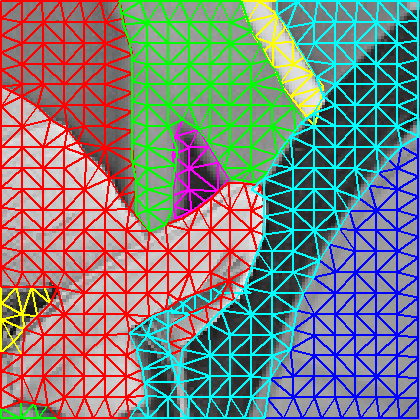 |

 |
Example 2. Image Impainting and Stain Removing: We first damage the images in various places and then recover the images using the minimal surface area fitting splines.
 |

|
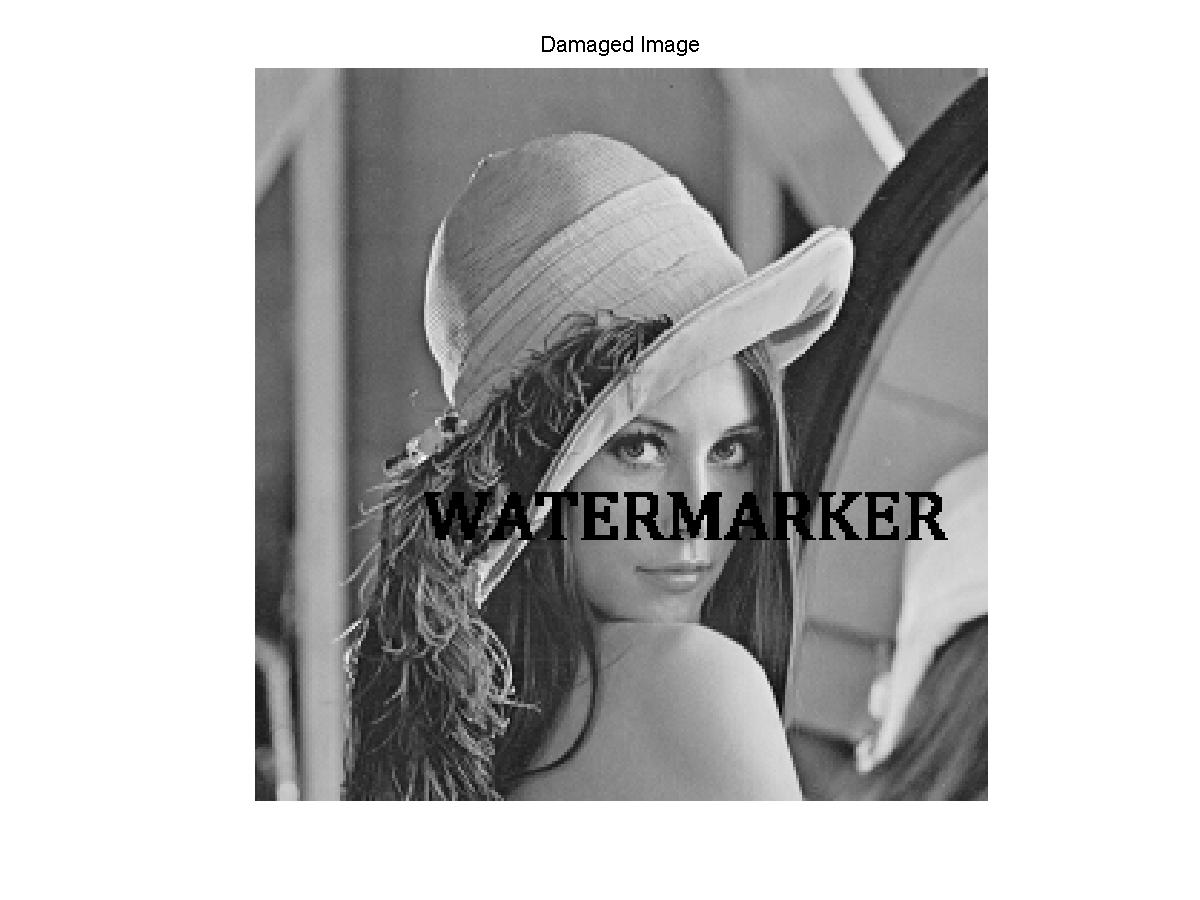 |
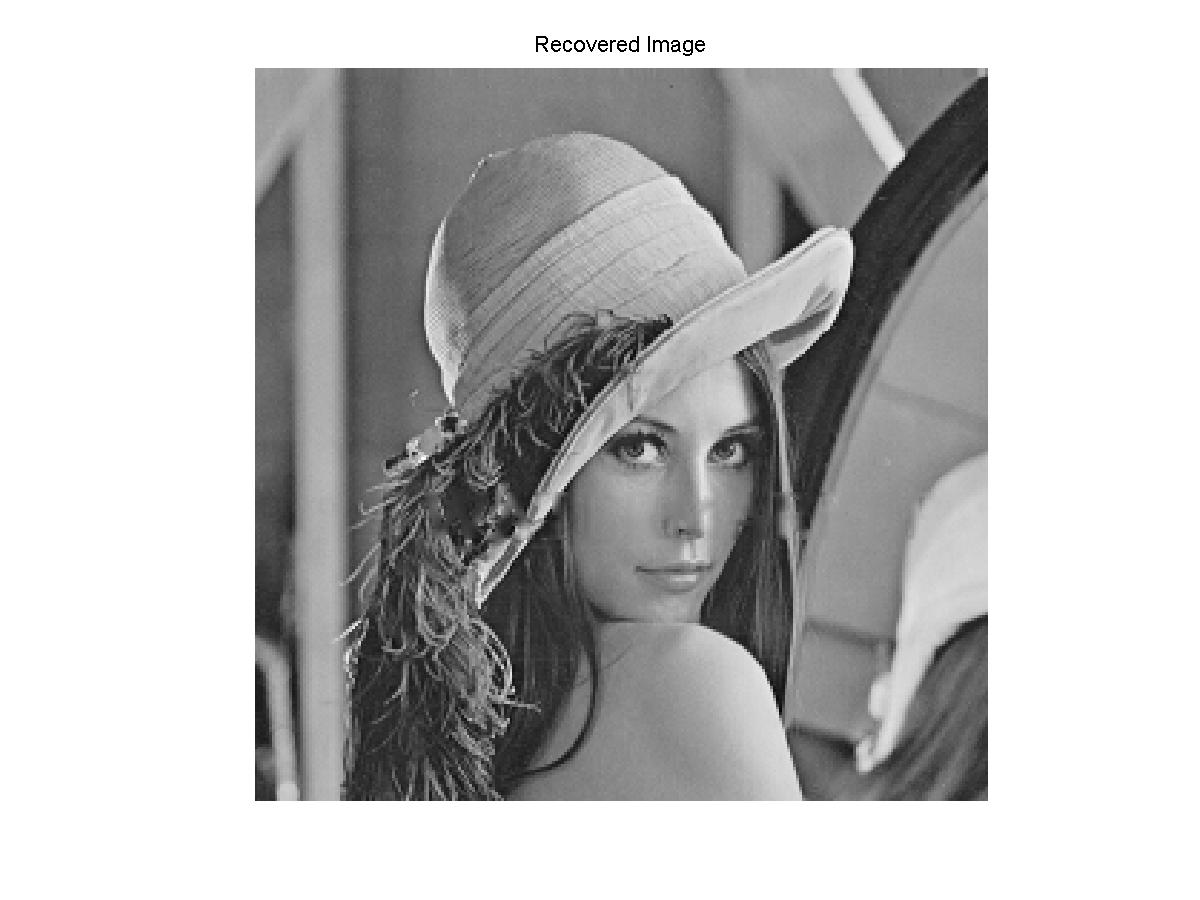
|
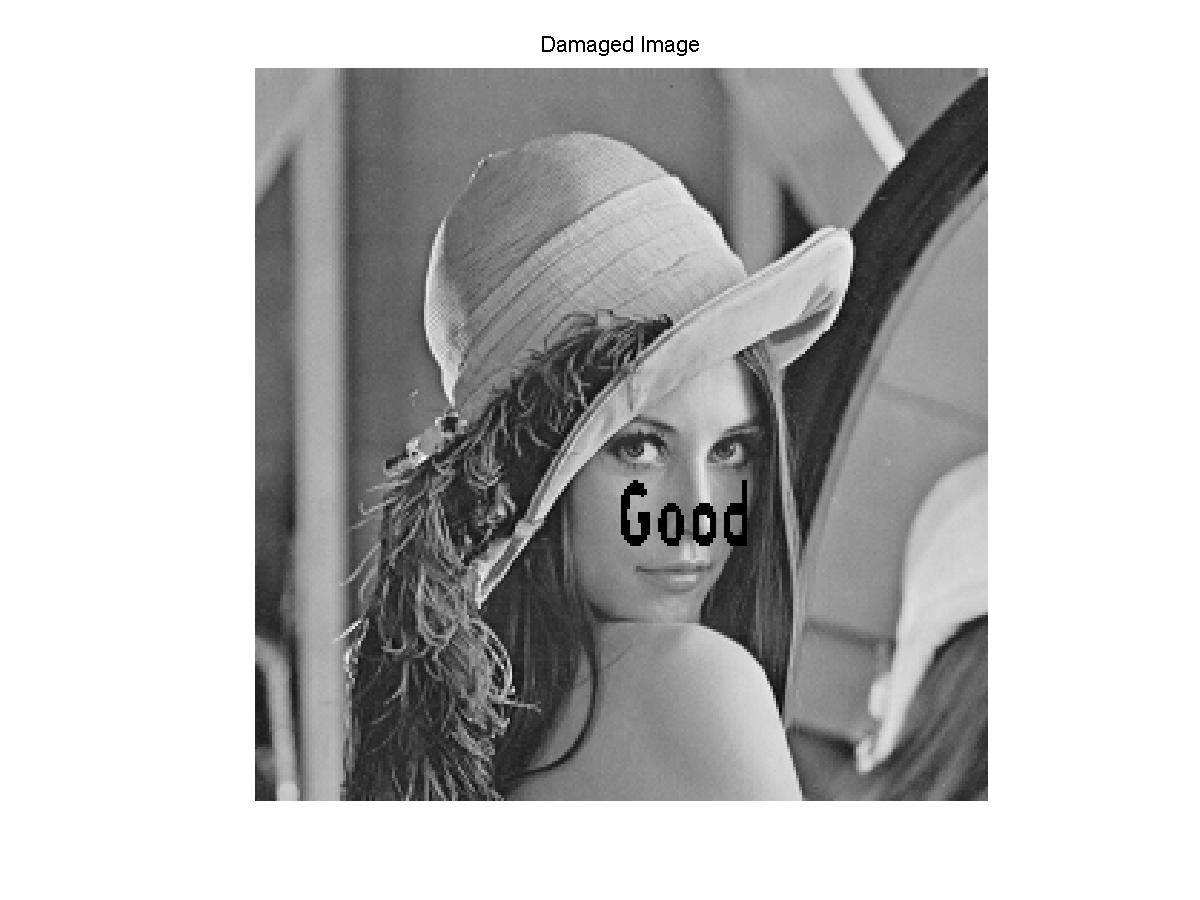 |

|
 |

|
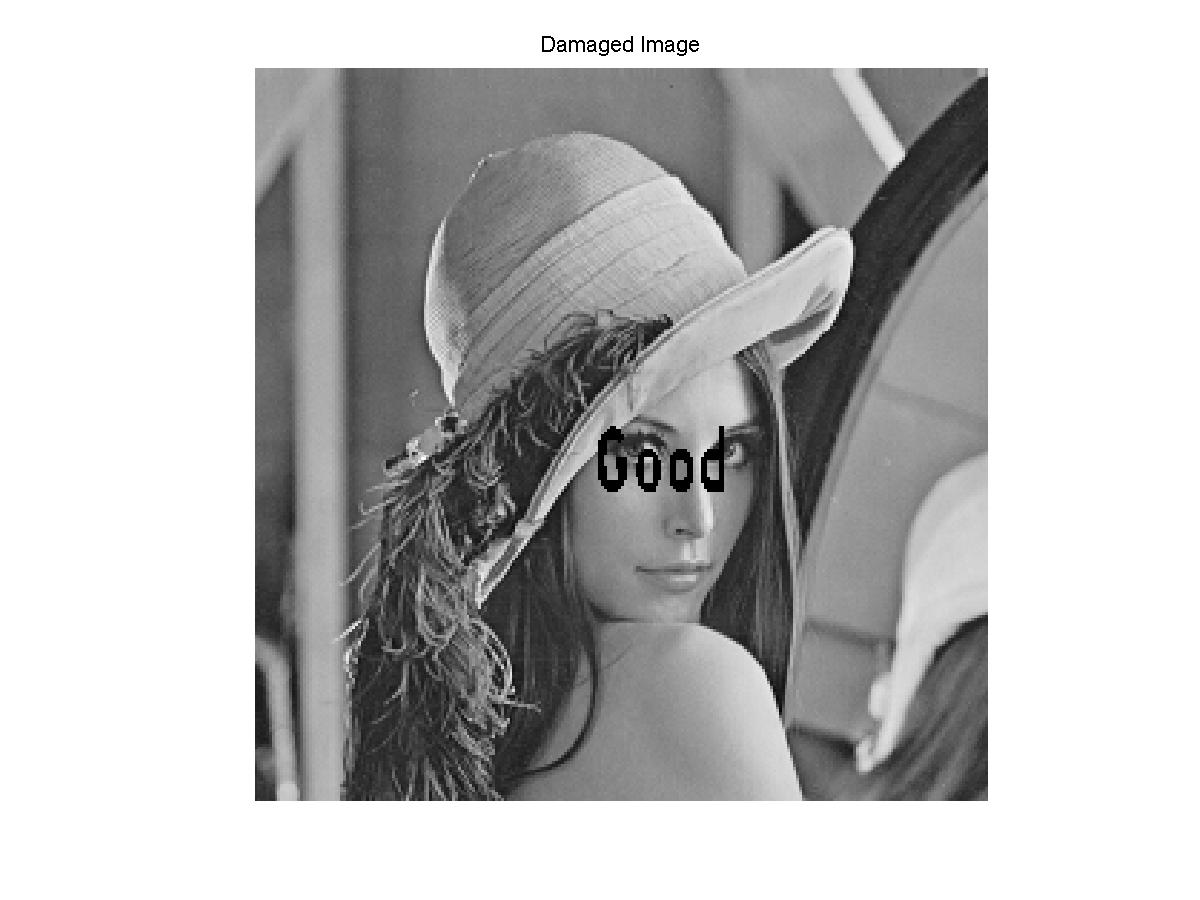 |

|
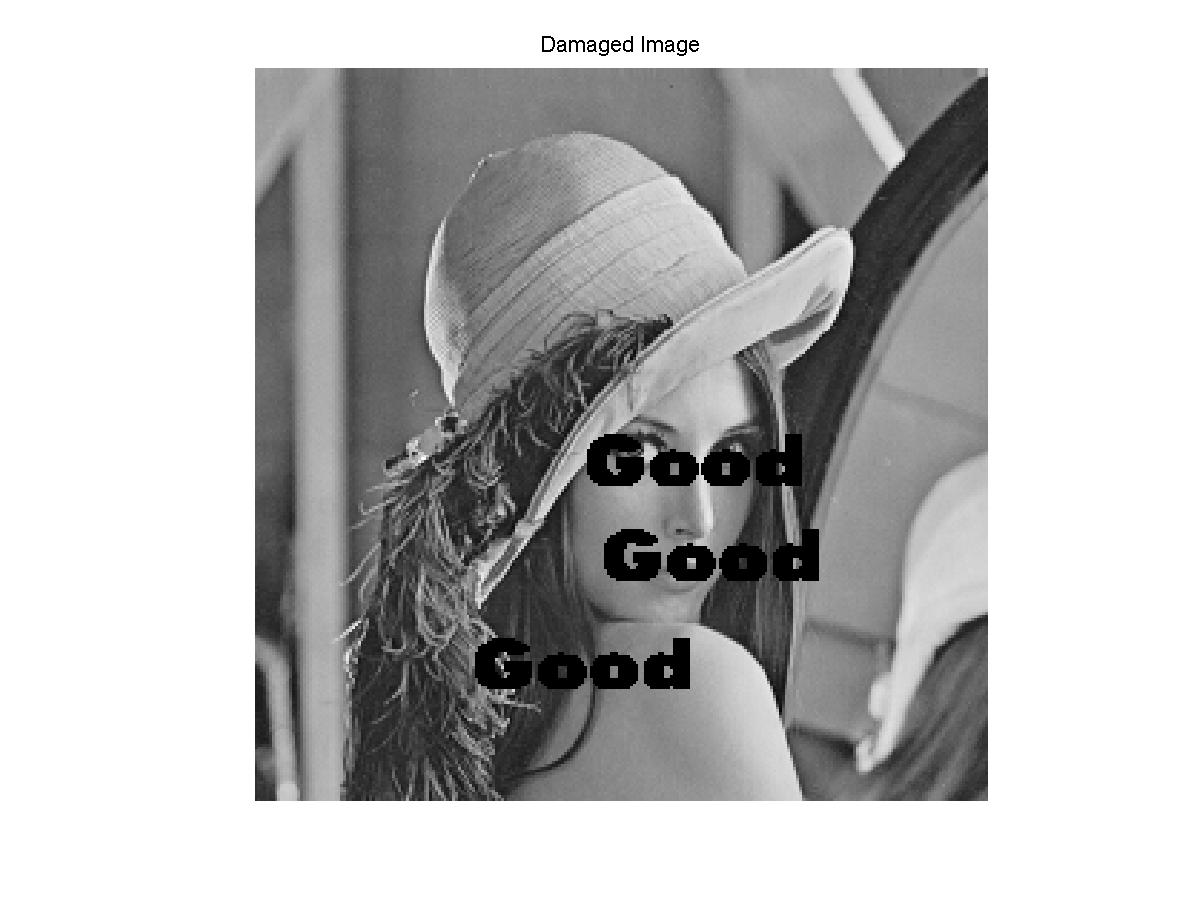 |

|
 |
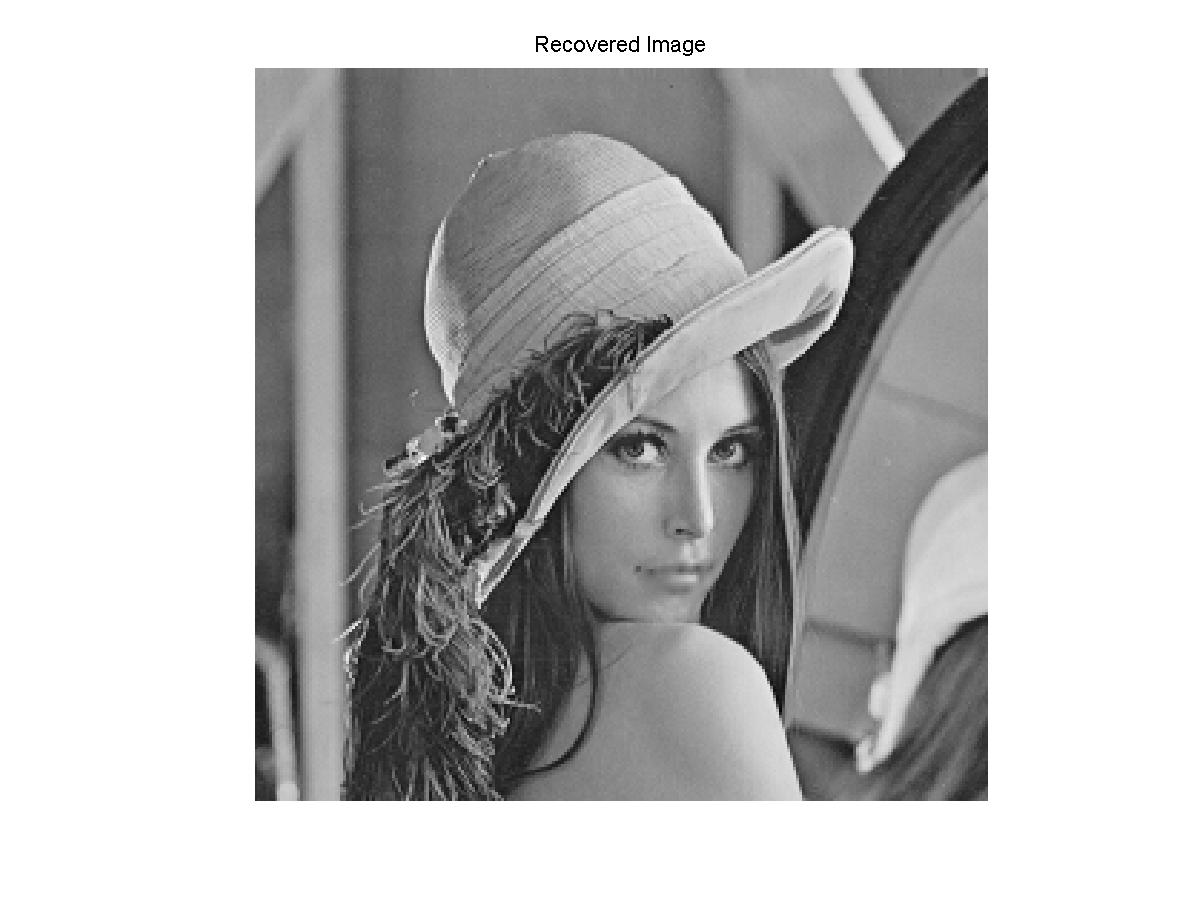
|
Example 3. Image Reconstruction based on 5% Random Samples. We randomly sample 5% of the image values based on uniform distribution from standard images, e.g. lena.pgm and pepppers.pgm. We use bivariate splines to reconstruct an image function from the scattered data values based on the minimal surface area approach. With \lambda=0.1, \lambda=1, and \lambda=40, let us see what we are able to recovery from the 5% of original images.













Example 4. Image Resizing: We choose the face of a standard image Lena and find a triangulation. Then we apply two fitting schemes: one is the standard penalized least squares (PLS) fit and one is the minimal surface area (MSA) fit. The figure in the middle is based on MSA which is smoother than the one next which is based on PLS.

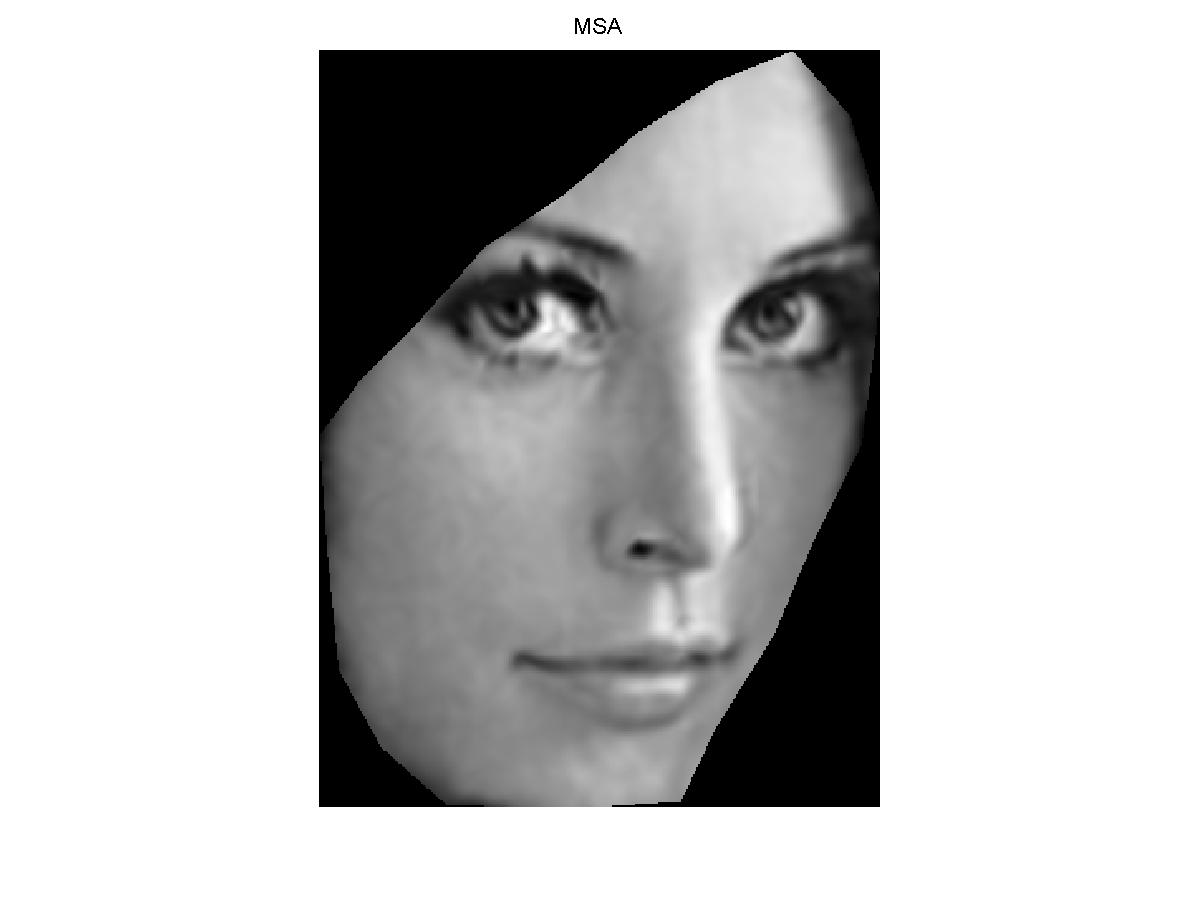
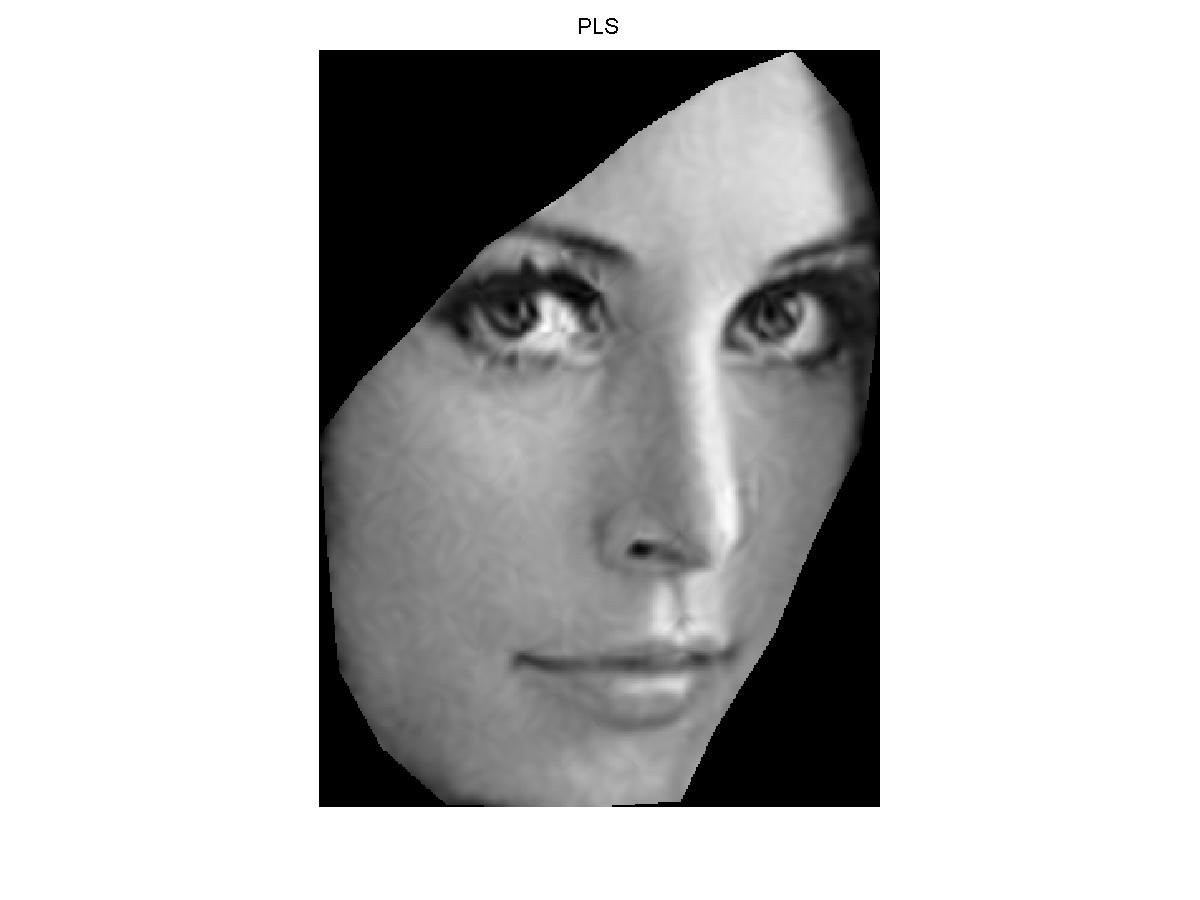
| Original | Minimal Surface Area Fitting Spline | Bicubic Spline | Bilinear Spline |
 |
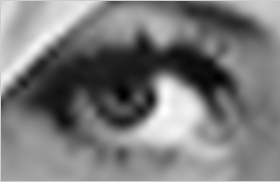 |
 |
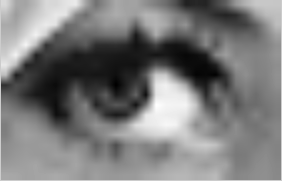 |
 |
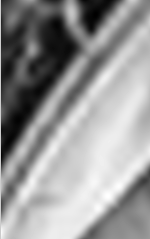 |
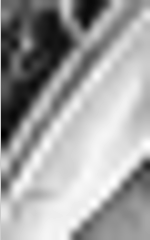 |
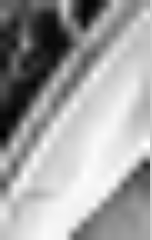 |
More examples can be found in Q. Hong's dissertation.
Example 5. Wrinkle Reducing: We use the minimal surface area fit based on bivariate splines to reduce the wrinkles around the cheeks and eye corners by first selecting a region to enhance, triangulating the region, applying minimal surface area spline method to obtain a fitting spline and then using the values of the fitting spline within the region to replace the pixel values. Enhanced image will have much less wrinkles.
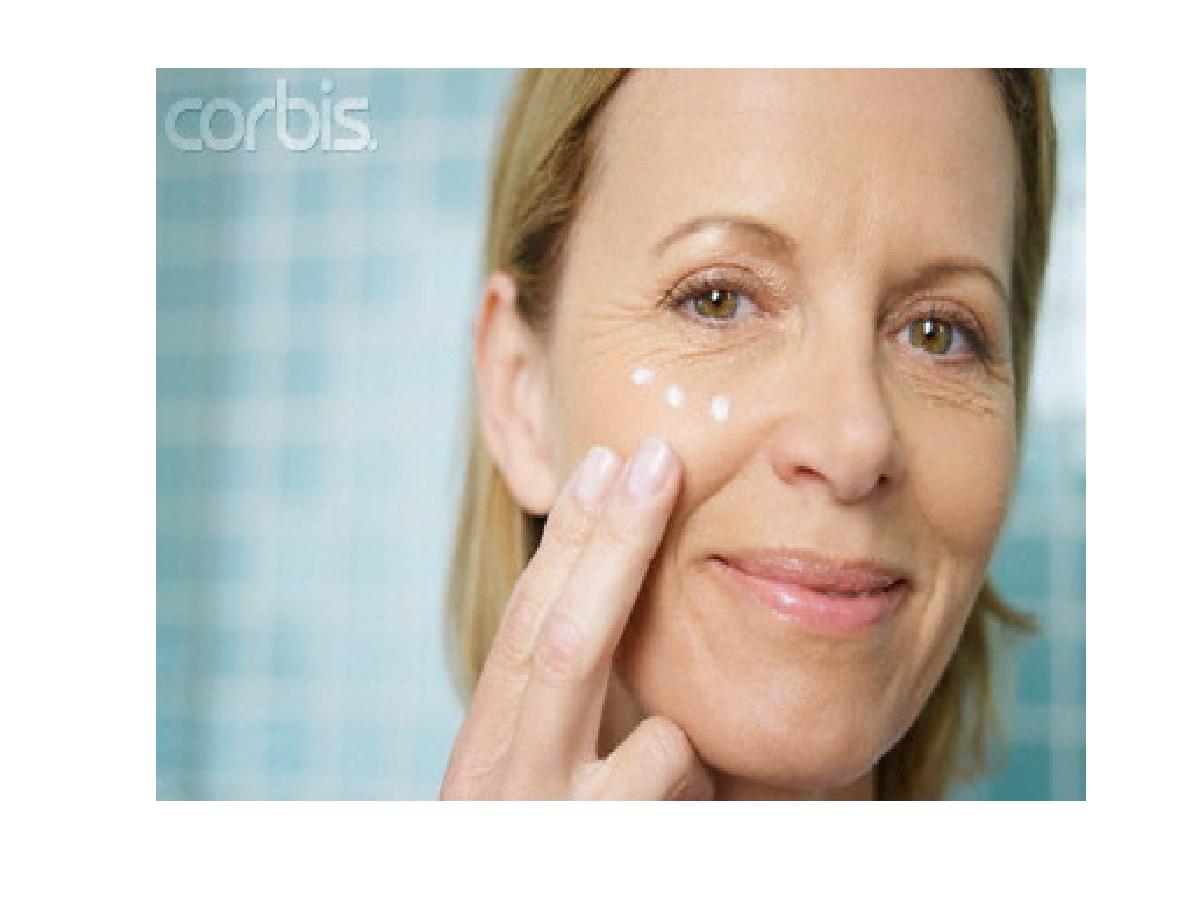
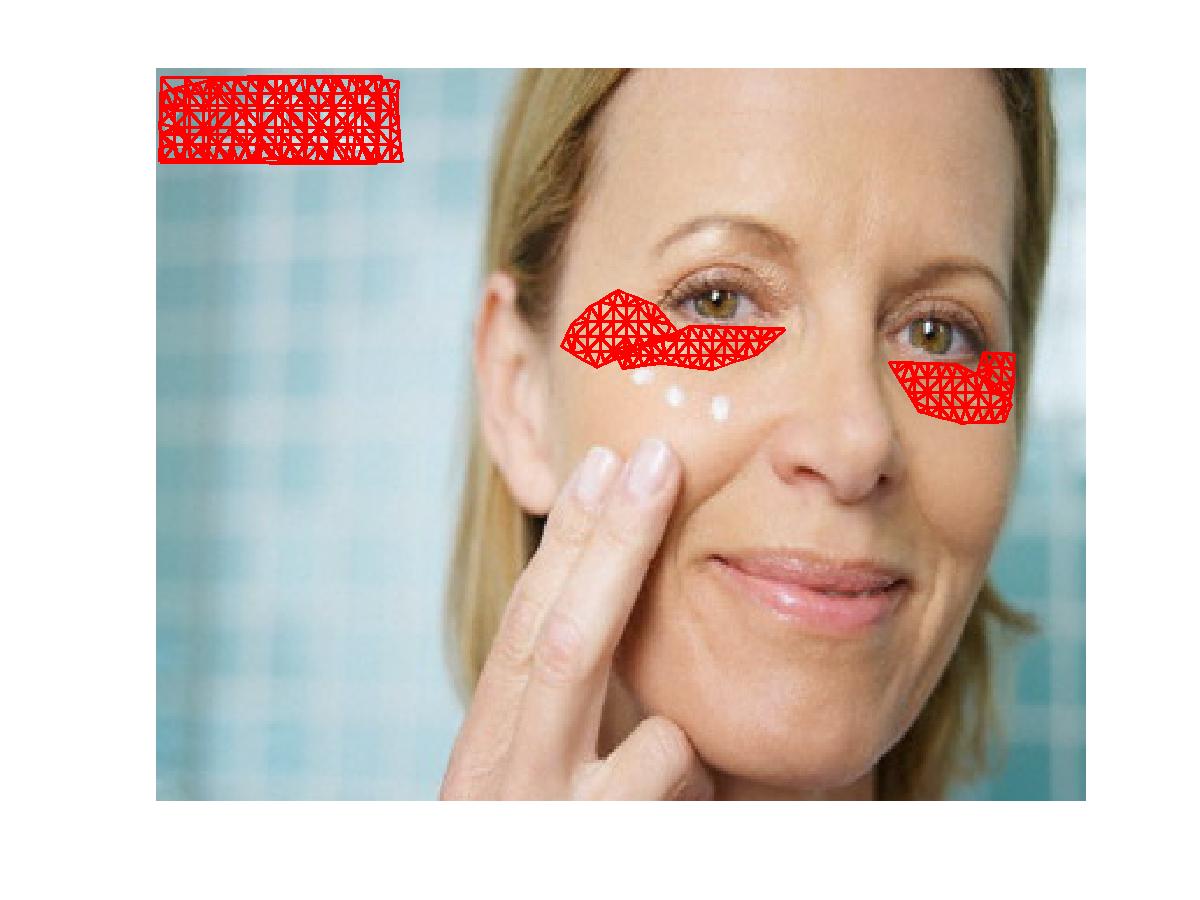

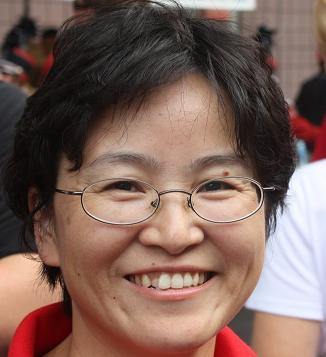
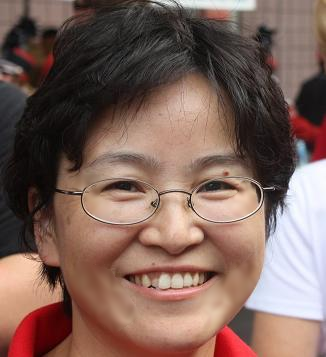
| Original |  |
 |
 |
 |
| MSA Splines |  |
 |
 |
 |
Example 6. Image Denoising: We add Gaussian noises 20 N(0,1) onto a standard image Peppers to generate a noised image. Then we apply our MSA fitting splines to remove noises from each triangulated region. The noised image and de-noised images are shown below. The PSNR is 31.84.
